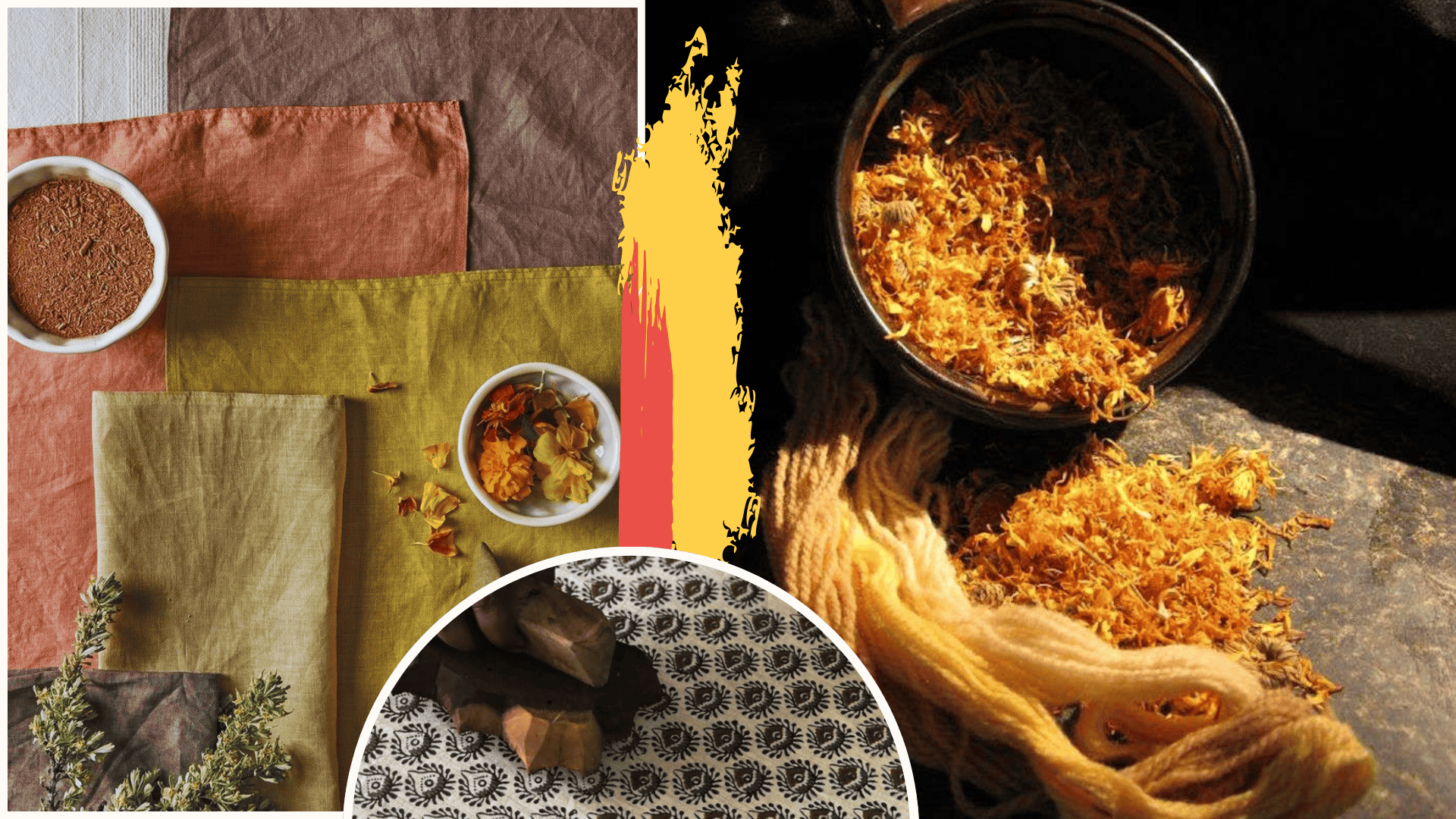
The Ultimate Guide to Naturally Dyed and Block Printing Textiles

In the world of textiles, few techniques carry as much cultural depth and aesthetic beauty as block printing. When combined with the power of natural dyes, this centuries-old art transforms into more than just a design method—it becomes a statement of sustainability, craft, and timeless elegance.
At Anuprerna, we believe that every motif stamped by hand and every color drawn from nature tells a story. In a market dominated by synthetics and chemical dyes, naturally dyed block printing is proving that tradition is not just relevant—it’s the future of responsible fashion.
Nature's Canvas
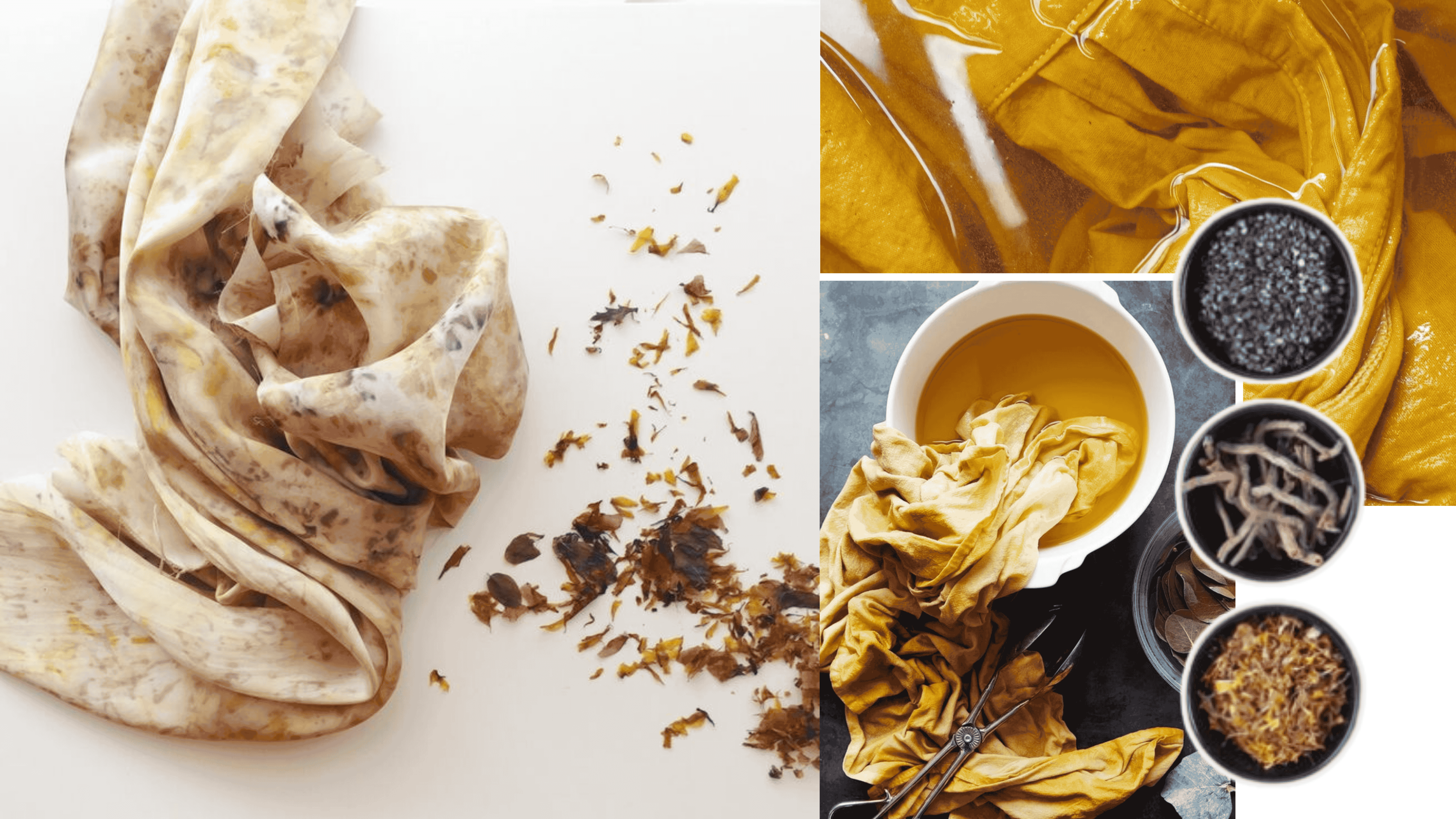
What Is Naturally Dyed Block Printing?
Block printing involves hand-carving intricate designs onto wooden blocks, which are then dipped into dye and stamped repeatedly onto fabric. Traditionally practiced in regions like Rajasthan, Gujarat, and West Bengal, it is one of India’s most enduring art forms.
When artisans use natural dyes—derived from plants, minerals, and organic sources—the technique takes on a sustainable dimension. Turmeric, indigo, madder root, pomegranate rind, and marigold flowers all lend their hues to fabrics without harming the environment.
Resist Printing Technique
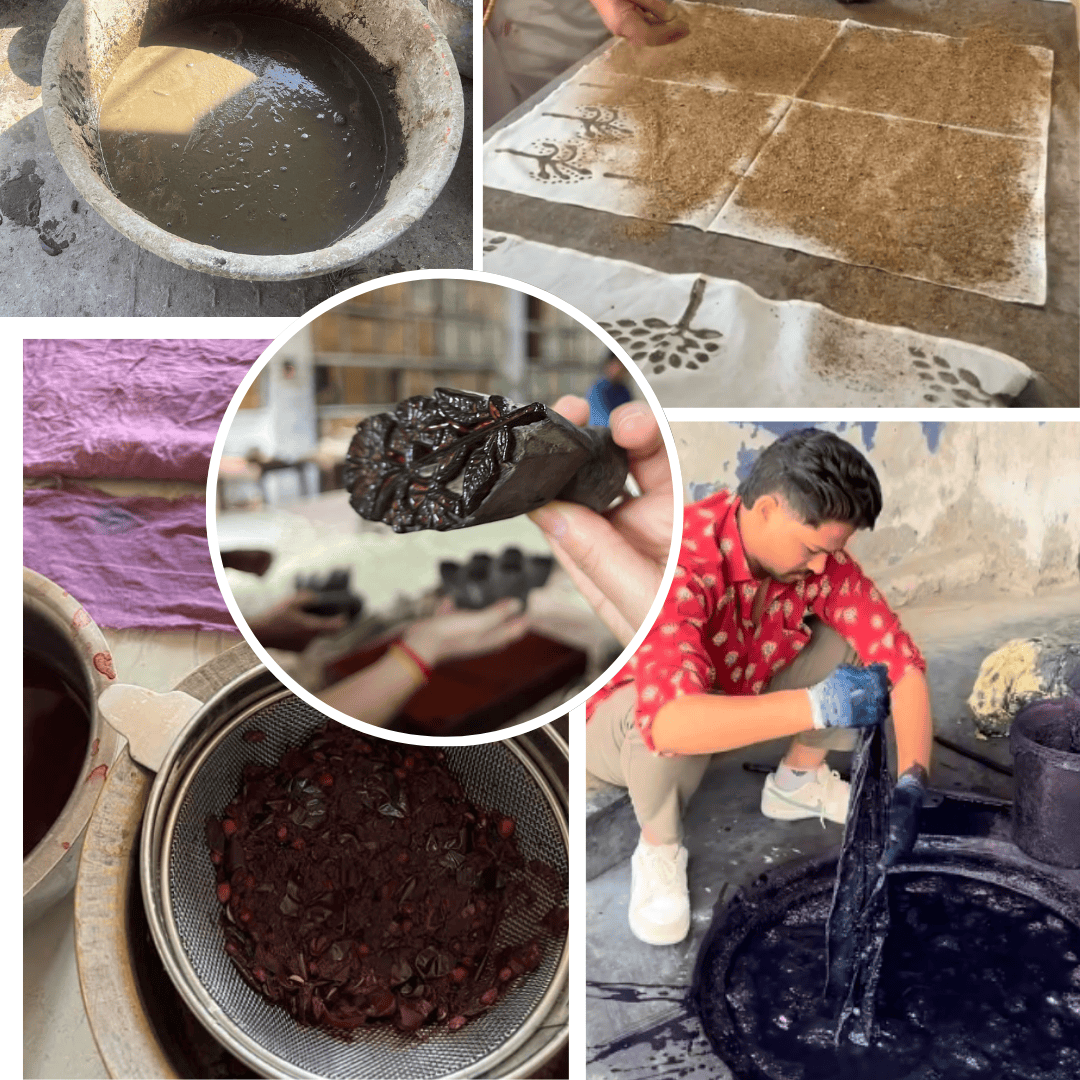
This is also known as Resist Printing, a completely natural and organic process carried out using only natural ingredients.
In this technique, a paste (made of clay, lime, or gum) is block-printed onto the fabric before the final dyeing stage.
This paste resists the dye, protecting the fabric underneath. When the fabric is dyed and the resist paste is washed away, the intricate pattern is revealed in the base color of the fabric.
By combining the natural beauty of organic dyes with the meticulous art of block carving, the final textile is a unique, handcrafted masterpiece that carries a story of patience and tradition.
The Craft of Block Printing with Natural Dyes
Creating naturally dyed block prints is a labor-intensive process:
- Carving: Wooden blocks are hand-carved with motifs inspired by flora, fauna, and cultural symbols.
- Preparing Dyes: Artisans boil roots, leaves, and bark for hours to extract pigments.
- Printing: The block is pressed onto fabric with precision, each stamp forming part of a repeat pattern.
- Fixing Colors: Fabrics are treated with natural mordants (like alum or iron) to fix the colors.
Here are some of the fascinating sources and Insights:
Nature's Palette
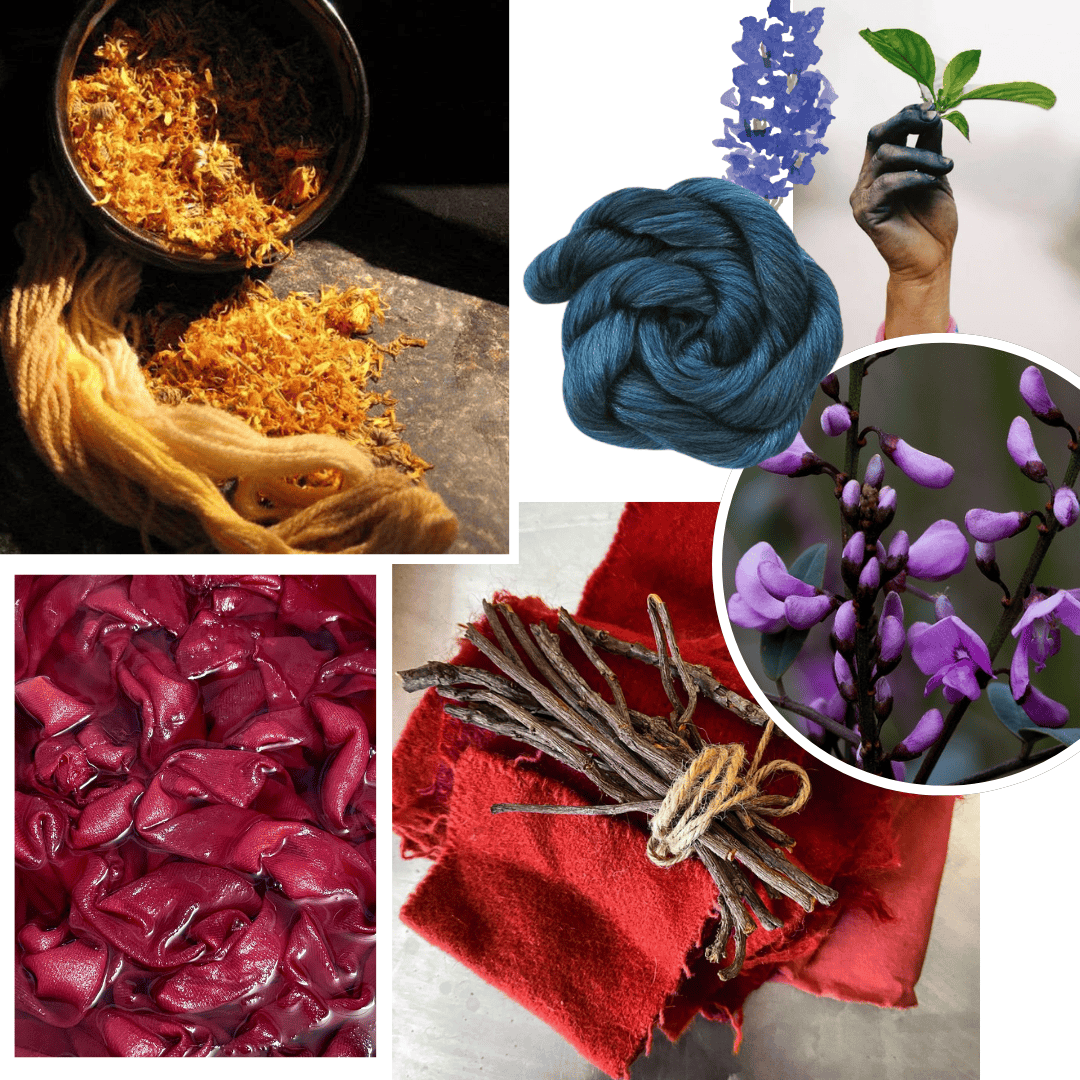
- Pomegranate Rind, Turmeric, Marigold: For sunny yellows and warm oranges.
- Indigo: From the leaves of the Indigofera tinctoria plant, yielding a spectrum of blues.
Insight: The indigo plant, scientifically known as Indigofera tinctoria, was first discovered in Peru about 6000 years ago. Immediately cherished for the beautiful dye it created. It was first cultivated in India, a nod to its name Indigo - meaning “from India”
- Madder Root: Producing rich reds, burgundies, and pinks.
Insight: The cultivation of Madder requires specific conditions and care. It's cultivation tracing back to ancient Egypt, Greece, and Rome. Madder root (Rubia tinctorum) ability to produce a vibrant red dye, known as alizarin.
Sources also Includes seeds, Minerals & Metals
- Iron Rust & Haritaki: For deep blacks and grays, or to act as mordants. This step is akin to alchemy, transforming raw botanicals into vibrant, liquid color.
Insight: Iron will darken or “sadden” the colors of other dyes while increasing their fastness. Iron may have an adverse effect on both cellulose and protein fibers.
- Annatto seeds → fiery orange-red tones.
Insight: Annatto seeds, the vibrant treasures of the Bixa orellana plant, have been cherished for their rich pigment and natural origins. Their natural pigment, ranging from a golden saffron to a fiery amber, has long been prized for its brilliance and depth.
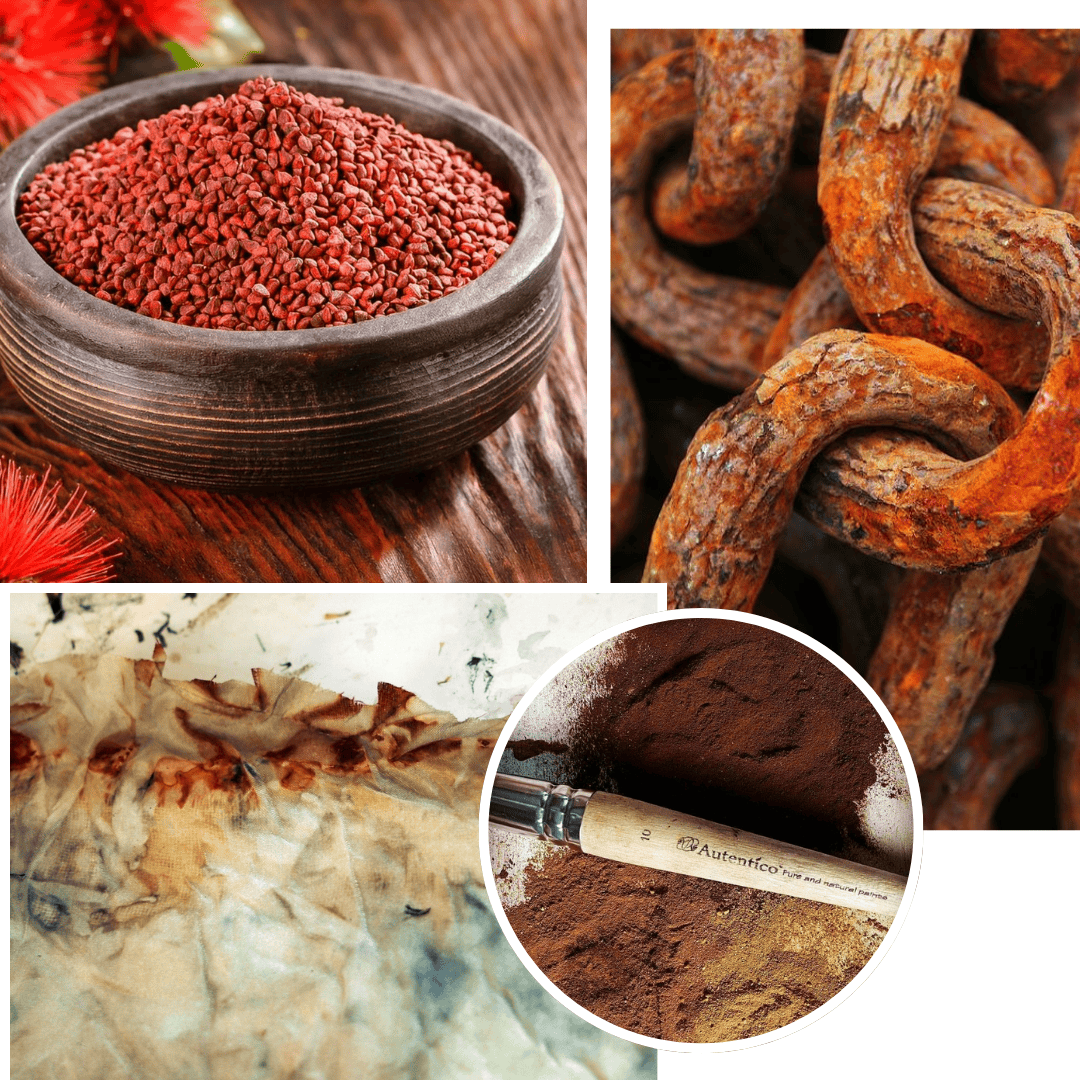
The Role of Mordants
Mordants are natural binders that help dyes attach to fibers and stay fast. Traditional mordants include:
Alum → brightens shades.
Iron → darkens and adds depth.
Tannins from myrobalan fruit or pomegranate rind → help colors stick to cotton.
Without mordants, many plant-based dyes would fade quickly—mordants ensure that natural colors last, wash after wash.
Naturally Dyed Block Printing on Global Markets
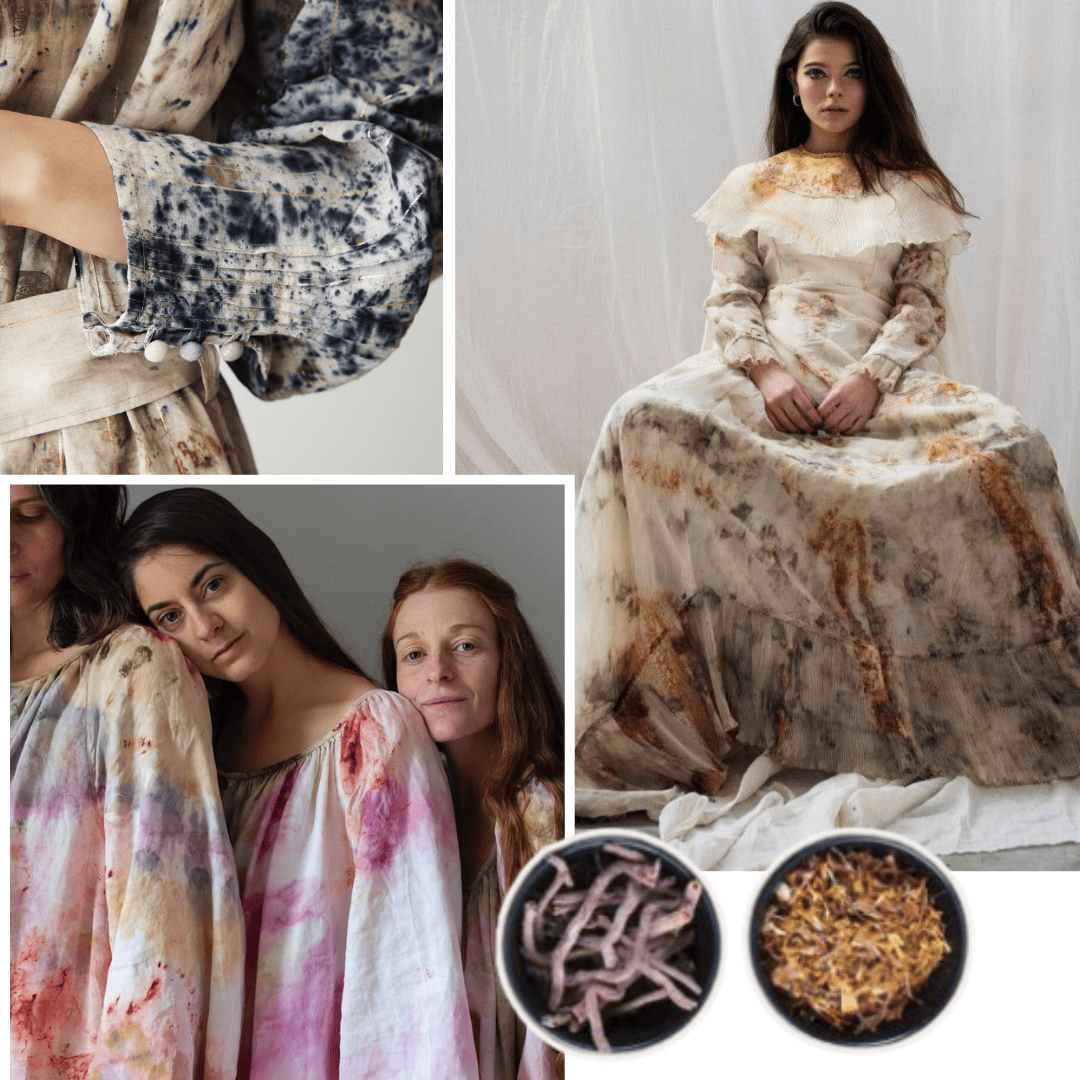
The fashion Trends & runways have already shown us a return to craft-driven aesthetics. From indigo-dyed to earth-toned printed garments, block-printed fabrics are moving beyond artisanal exhibitions into luxury collections.
Designers are embracing the tactile, irregular beauty of hand-stamped motifs and the eco-friendly credentials of natural dyeing. For consumers seeking both style and sustainability, this fusion delivers the best of both worlds.
The Beauty of Natural Dyeing:
- Two fabrics dyed in the same vat may not look identical.
- Environmental factors—like the season when a flower is harvested—change the hue.
- The imperfections become the charm, ensuring no two textiles are ever the same.
Anuprerna's Sustainable Move
At Anuprerna, we embrace this natural alchemy—using flowers, leaves, roots, and iron-based mordants to create colors that are safe, authentic, and deeply connected to the earth.
related questions
How are natural dyes different from chemical dyes?
arrow_drop_downChemical dyes use petroleum-based ingredients and toxic chemicals, which can harm artisans, pollute water, and cause skin irritation. Natural dyes, on the other hand, are eco-friendly, safer for skin, and age beautifully with a natural patina.
Do natural dyes fade easily?
arrow_drop_downNatural dyes may soften in shade over time, but with proper care (cold wash, shade drying, mild detergents), they remain rich, long-lasting, and graceful as they age. The slight tonal variations are part of their beauty and uniqueness.
Which fabrics take natural dyes best?
arrow_drop_downNatural fibers like cotton, silk, wool, and linen absorb natural dyes beautifully because they have porous structures. Synthetic fibers generally do not bond well with plant-based dyes.
What is a mordant, and why is it important?
arrow_drop_downA mordant is a natural binding agent that helps fix dyes onto fibers. Common mordants include alum (brightens shades), iron (darkens tones), and tannins from pomegranate rind or myrobalan fruit. They ensure colors don’t wash out quickly.
More Blogs
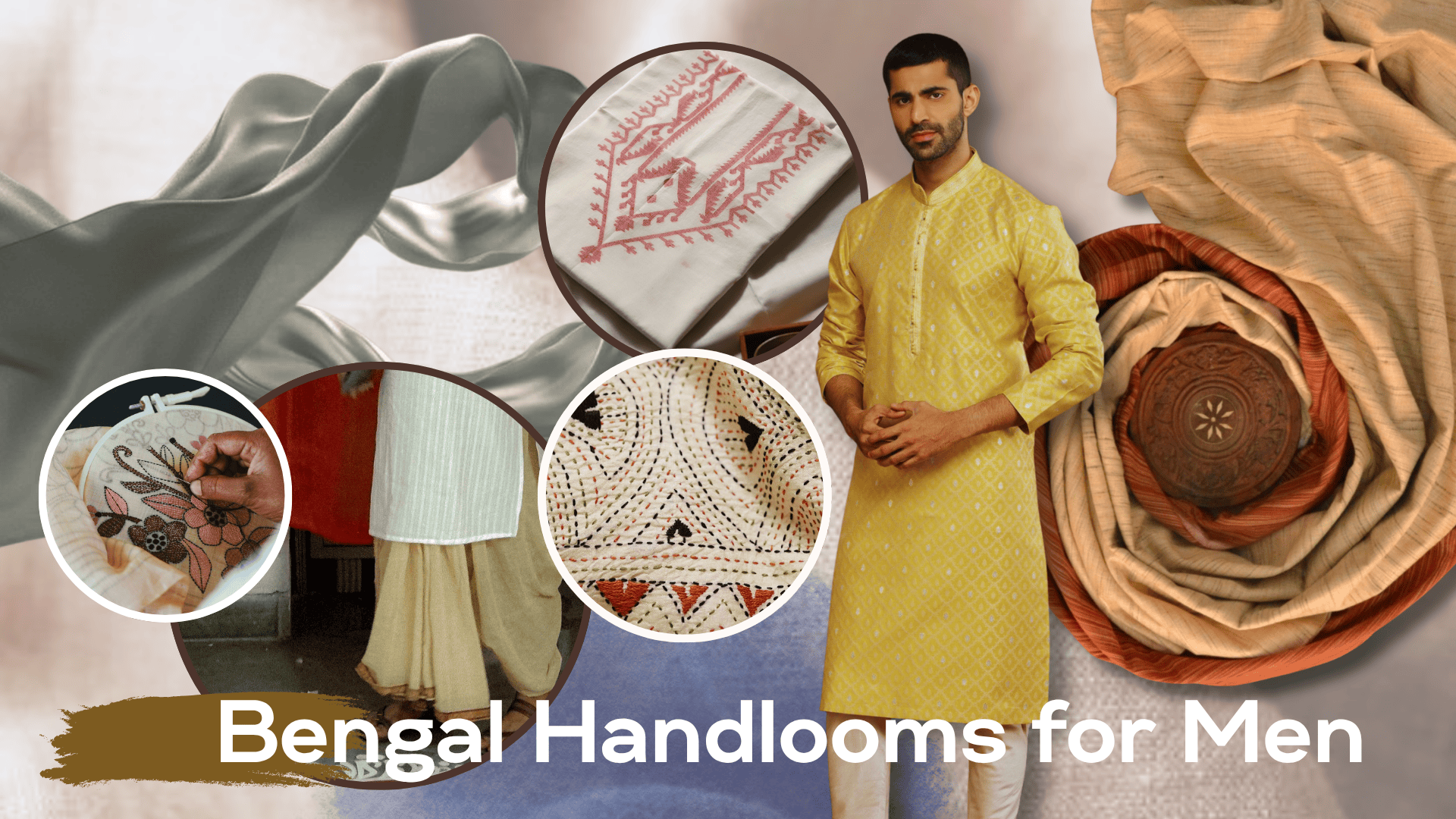
bengal looms for men: beyond the kurta
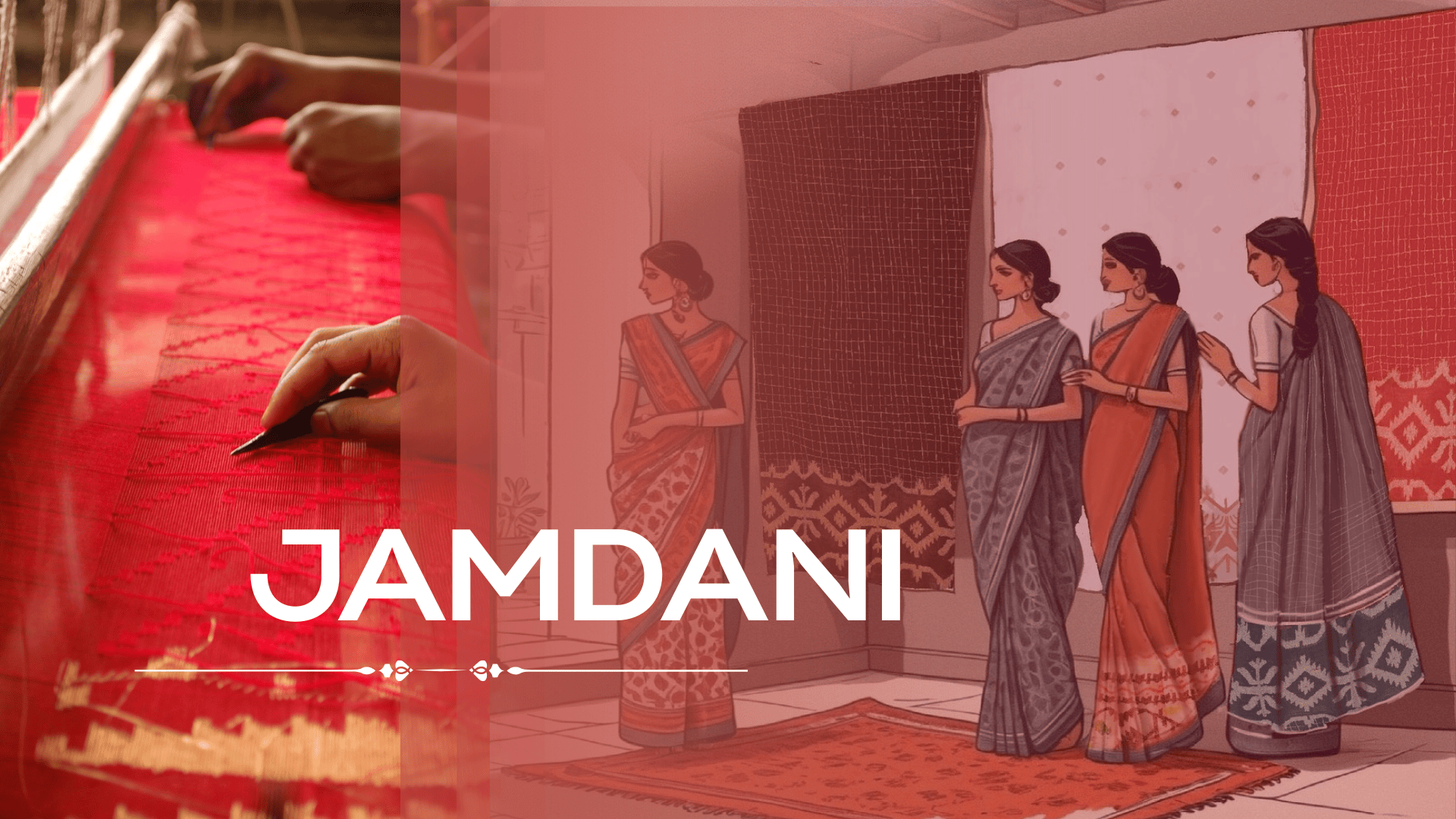
jamdani magic: why this weave is unesco-recognized as cultural heritage
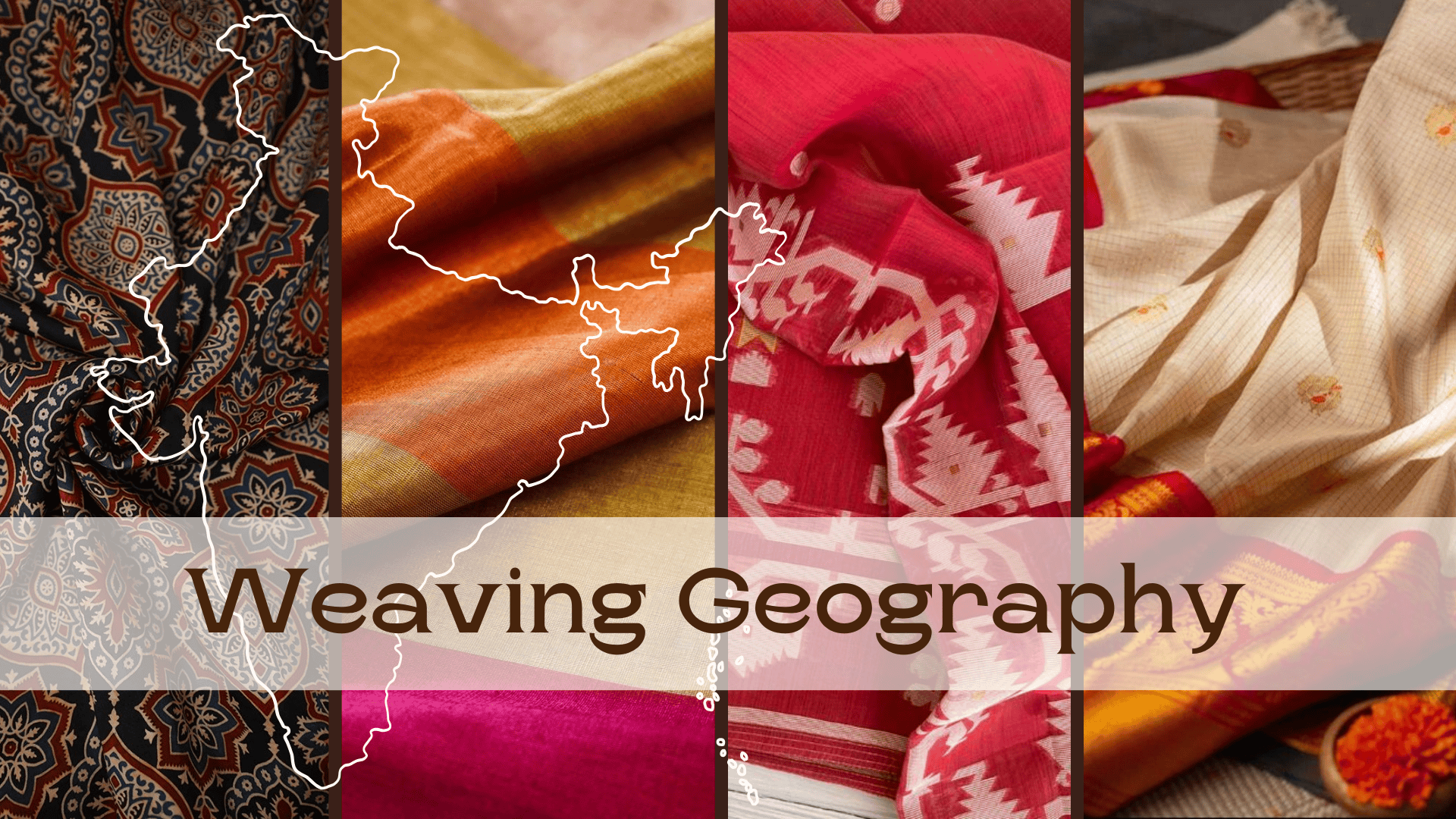
weaving geography: which district is known for which handloom fabrics
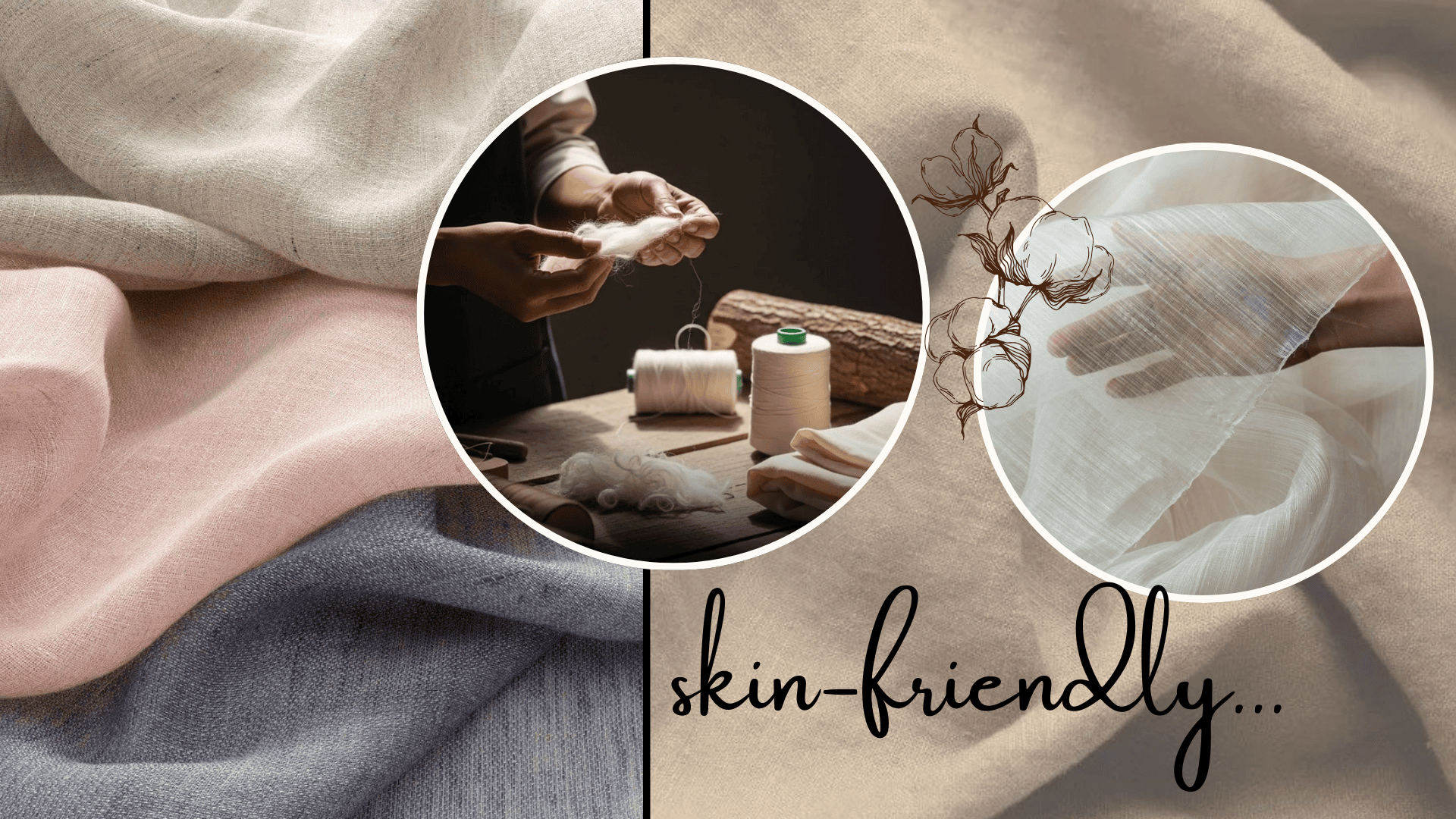
why skin-friendly textiles are the next luxury in fashion
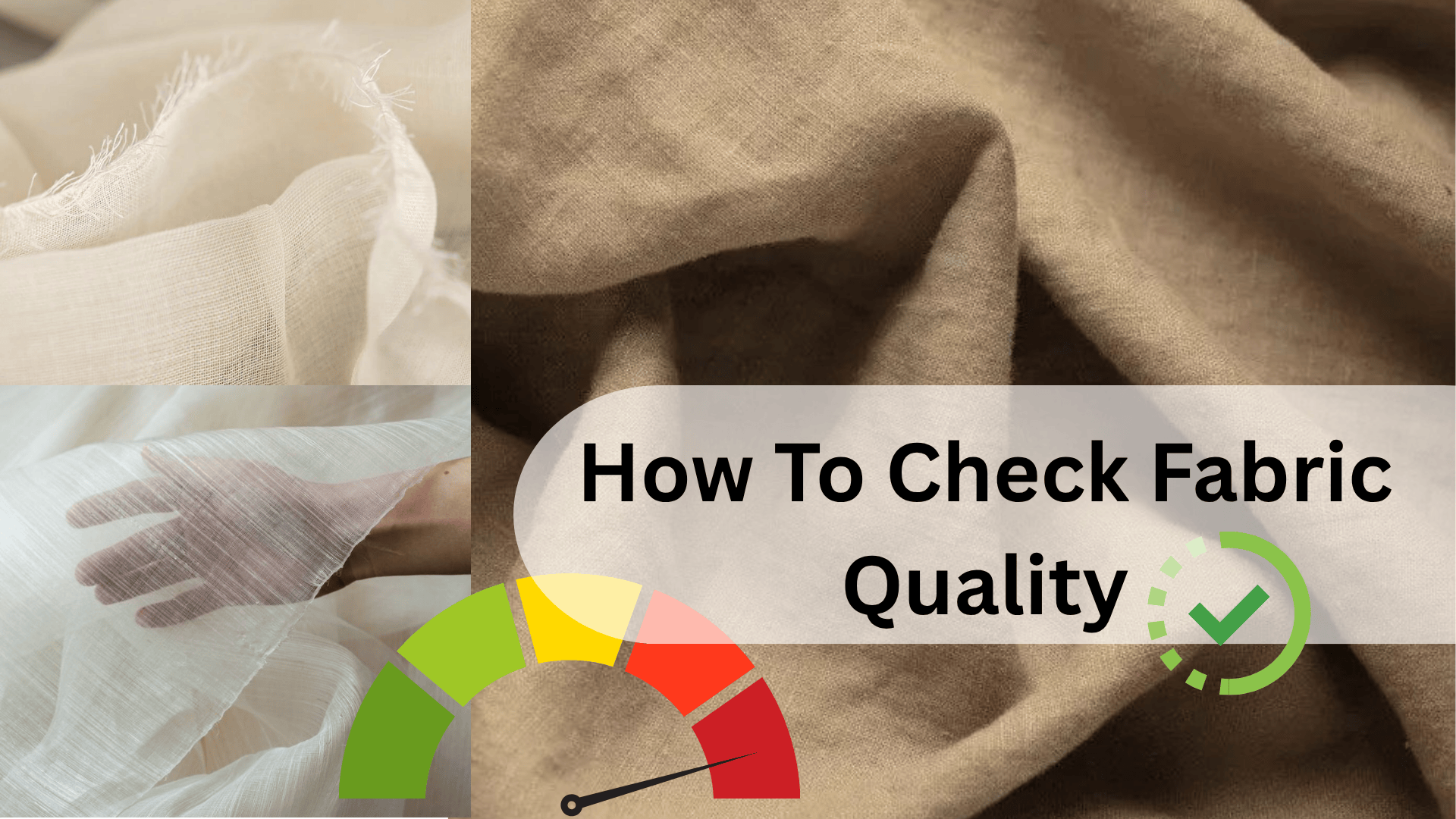
7 visual cues to identify fabric quality instantly
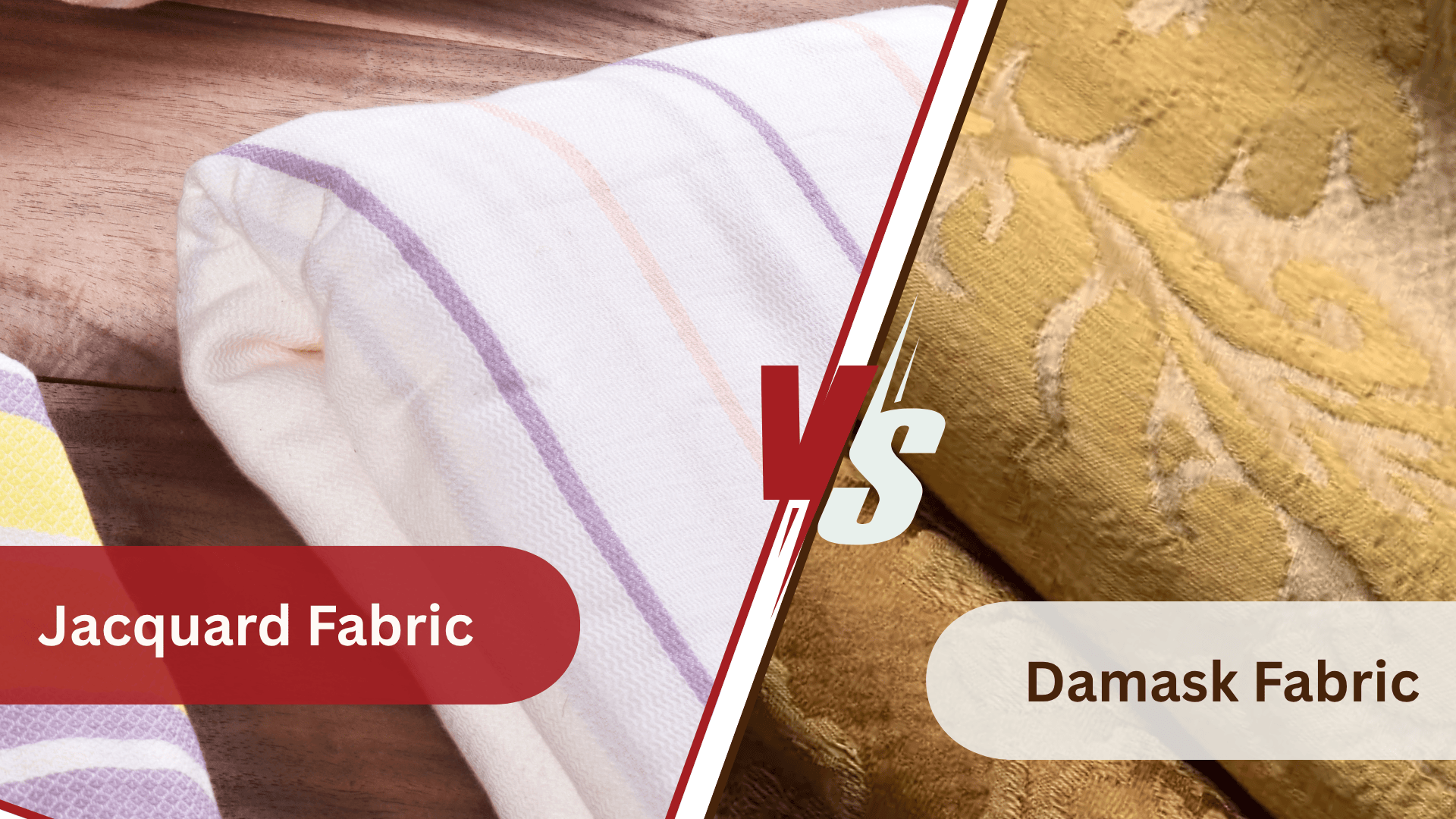
damask vs jacquard fabric: what’s the difference and which one’s right for you?








